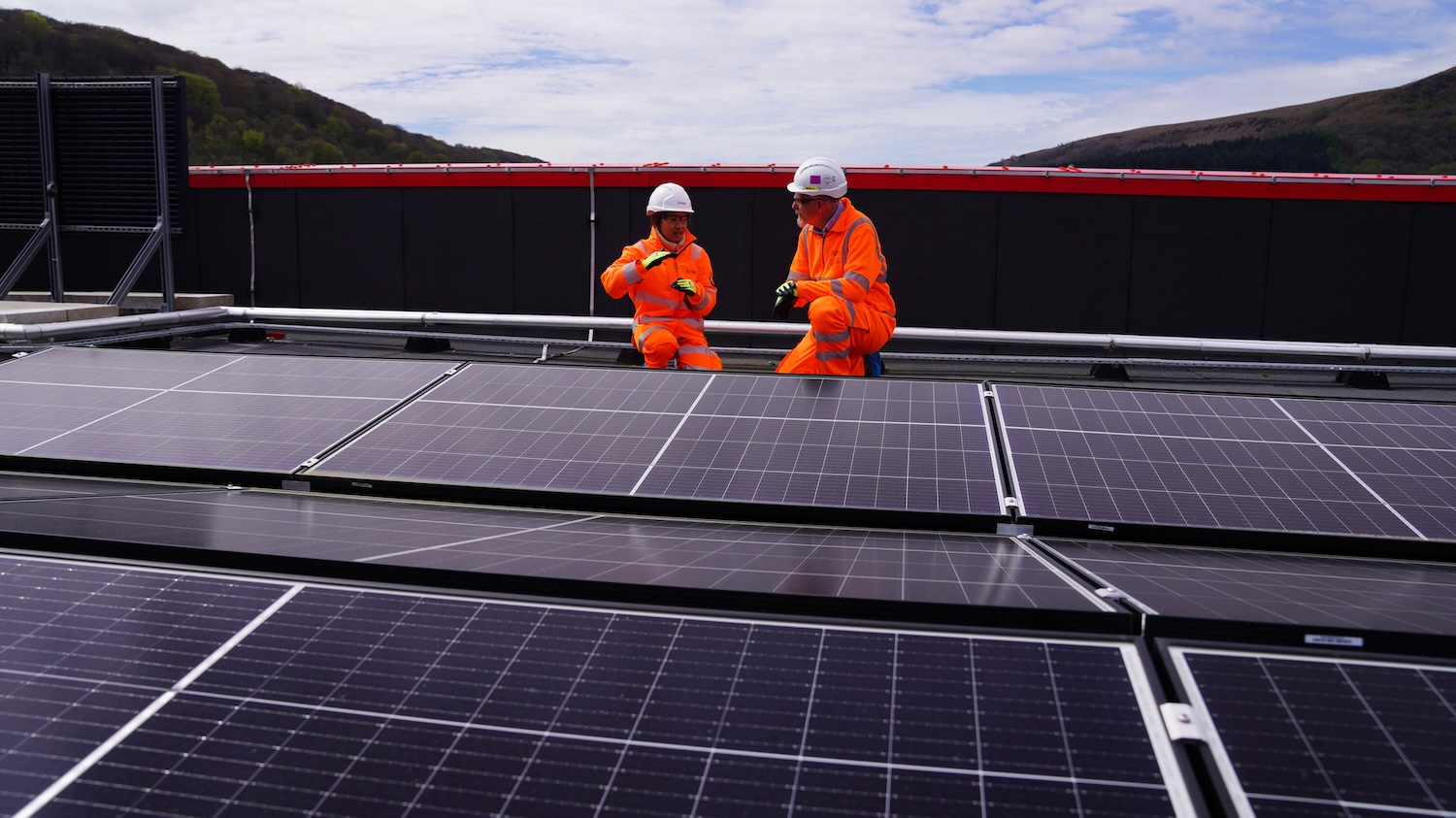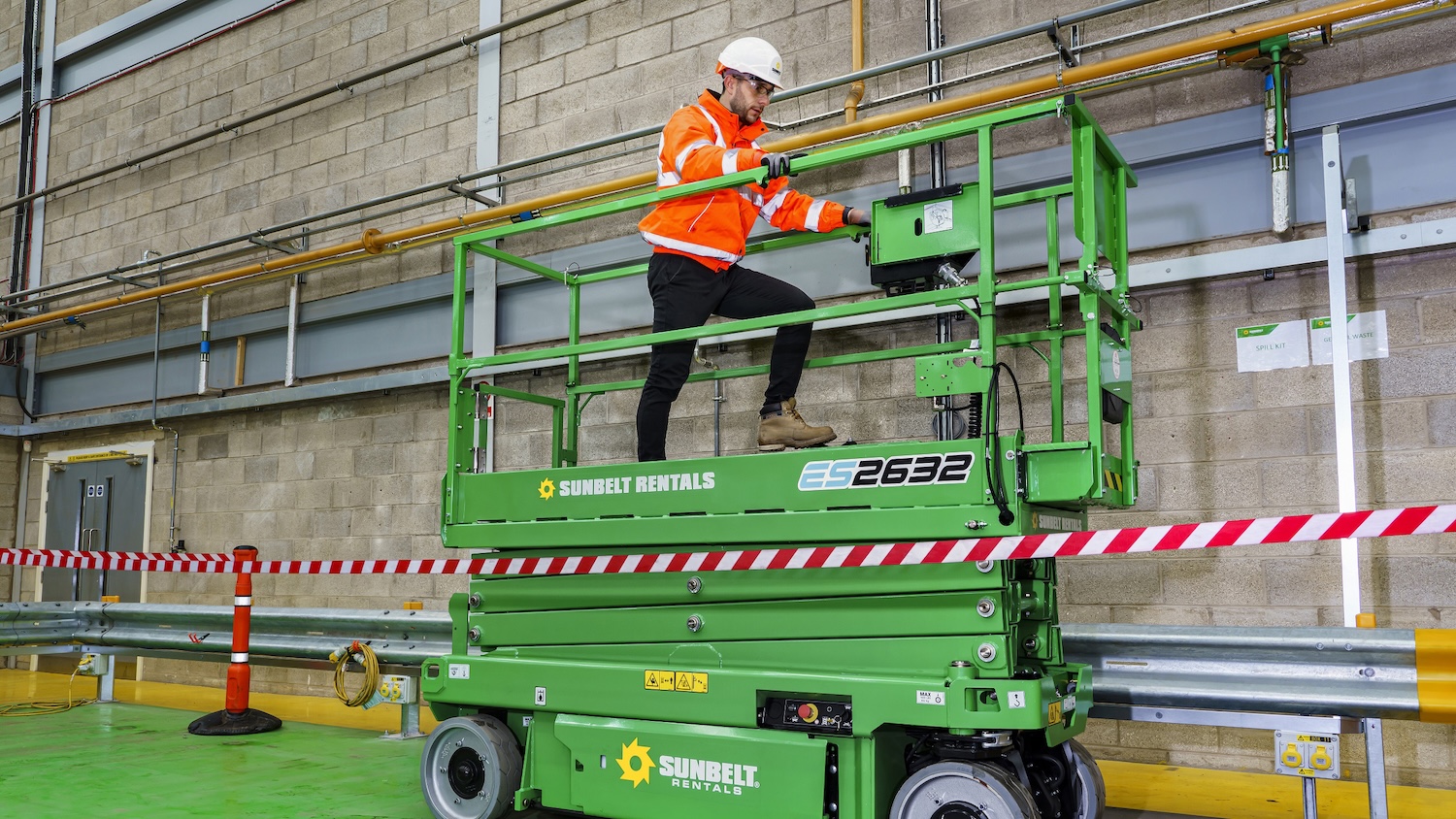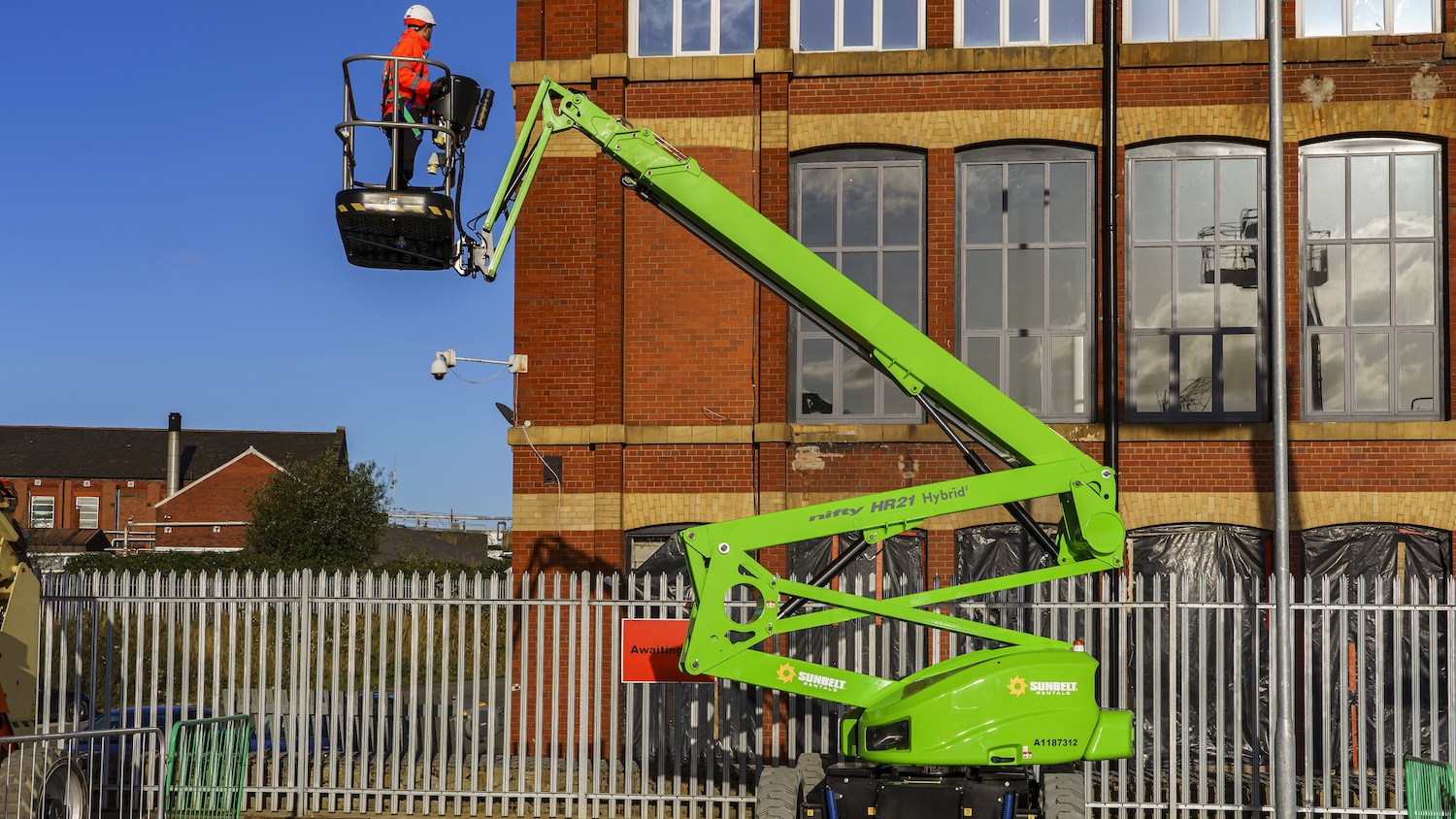To mark World Environment Day (5 June), IPAF‘s Powered Access explores the industry’s drive to adopt more sustainable machines and innovations that help lower carbon emissions across site operations.
The impacts of climate change are high on the news agenda as we approach World Environment Day.
Urgent calls to achieve net zero by 2050 – as outlined in the Paris Agreement – require traditional polluting energy sources to be replaced by more environmentally friendly, sustainable alternatives.
All industries, including powered access, have an important role to play by helping to cut carbon emissions across site operations.
Increasingly, manufacturers and suppliers are exploring new low-carbon technologies that align with the net zero agenda.
Sunbelt strategy
For Sunbelt Rentals, a commitment to enhancing sustainability in the industries in which it operates involves exploring the viability of alternative energy sources such as hydrogen.
Through our Sunbelt 4.0 strategy, we’re putting sustainability at the forefront of our operations and working closely with customers to trial hydrogen on live sites
William Temple, head of powered access at Sunbelt Rentals UK and Ireland, says: “Through our Sunbelt 4.0 strategy, we’re putting sustainability at the forefront of our operations and working closely with customers to trial hydrogen on live sites, gaining insights into its applications and benefits.”
According to Temple, the main advantages of hydrogen are its ability to produce zero carbon emissions at the point of use, significantly cutting the environmental impact of construction operations.
“We’re monitoring how the market and manufacturers respond to new hydrogen technologies, and as innovative products emerge, we’re committed to testing their commercial and operational viability and impact,” he adds.
“While hydrogen technology shows promise, it’s still developing and there are challenges to overcome, so educating both our customers and the wider industry on the safe and effective application of hydrogen is essential as we move forward.”
Temple explains the sector is still a long way from widespread uptake of hydrogen as an alternative to traditional energy sources.
“In the powered access sector, we recognise that each industry has its own requirements,” he says. “Hydrogen-powered access is still in its early days – progress is being made, but costs are currently high, which makes it less commercially viable for typical projects.
“Despite this, we remain committed to supporting our customers as the technology advances, ensuring they can adopt hydrogen solutions where practical and cost-effective.”
‘Opportunities and practical challenges’
Emily Davies, ESG director for Amey, agrees that transitioning to electric or hydrogen-powered access machines is a crucial part of reducing emissions, but it comes with both opportunities and practical challenges.
“From our perspective, one of the biggest hurdles is the scale and diversity of the infrastructure environments we operate in, which often makes it difficult to roll out consistent solutions,” Davies tells Powered Access.

“Public sector procurement can also be a challenge, with government clients understandably cautious and budgets not always allowing for the trial or adoption of newer, more innovative technologies.”
Davies adds that there are infrastructure issues too. For example, the geographical disconnect between supply and demand can drive up costs and make widespread implementation difficult.
“Time pressures, the need for service reliability, and concerns over charging and machine uptime all factor into the equation,” she explains.
“Additionally, cultural and behavioural barriers play a role, especially where there’s confusion or mixed messaging around the use of alternative fuels like HVO [hydrotreated vegetable oil], leading to resistance to change and further impacting the rate at which new solutions are embraced.”
Despite these wide-ranging challenges, Davies insists the opportunities are significant for Amey.
“Moving to low-carbon access equipment directly supports our science-based targets and net-zero ambitions,” she says.
“It also strengthens our ability to offer innovative, sustainable solutions to clients, and helps create an organisational culture where employees feel empowered to make environmentally responsible choices.”
Alternative choices
Empowering construction companies to smoothly transition away from diesel and meet their own sustainability targets is a key focus for Sunbelt Rentals, Temple explains.

While hydrogen is part of the company’s sustainability efforts, it is not the only option on the menu.
“We’re also investing in HVO, electric-powered machinery and hybrid technology,” Temple says. “Our approach is to offer practical, sustainable equipment that reduces carbon footprints without compromising on performance or reliability.
“More than 60% of our powered access fleet is already electric or hybrid, reflecting our commitment to greener solutions across sectors, from film and TV productions to large-scale infrastructure projects.
“Our fleet also includes range extenders for powered access and, as standard practice, we purchase only Stage V equipment that is compatible with HVO fuel.”
However, the drive to improve sustainability is not just about how machines themselves are powered, but also their compatibility with other low-carbon and net-zero solutions.
Manufacturer Aldercote, for example, has created an innovation that makes it easier for fleet operators to opt for sustainable access solutions, without compromising safety standards.
Last year, the company launched its first vehicle-mounted access platform designed specifically for full electric vehicles.
The platform is built entirely without stabilisers, so the design routes the load path directly to strong points in the vehicle.
“One of the challenges our customers face in transitioning to fully electric vehicles is that heavy batteries greatly reduce vehicle payloads,” explains Marc Parish, director at Aldercote.
“The design approach we’ve taken hands much of the payload back, which will be welcome news for fleet operators across a range of sectors.
“We expect to see increased demand for the new design as organisations continue the shift to electric vehicles over the coming years.”
Accelerating change
To accelerate the adoption of low-carbon access equipment and sustainable innovations, Davies believes collaboration is essential.
Amey’s strategy is guided by its Key Procurement Category Decarbonisation Plans, which help the company identify strategic opportunities to collaborate with suppliers and innovators.

No single organisation can achieve sustainability in isolation. It’s only through collaboration that we can deliver the kind of system-wide change the industry needs
For example, Amey is working closely with Speedy Hire and Niftylift to support the wider rollout of low-carbon access equipment.
Davies explains that the collaboration is helping to create the demand, investment and operational experience needed to accelerate change across the industry.
“These partnerships also allow us to trial new equipment in real working environments, gathering the insights we need to refine our approach and scale sustainable solutions across more of our sites.”
She adds that working together helps break down silos and enables a more consistent, joined-up approach to environmental challenges.
“No single organisation can achieve sustainability in isolation. It’s only through collaboration that we can deliver the kind of system-wide change the industry needs,” she says.
“[Collaboration] encourages innovation by bringing different perspectives and expertise to the table. And it helps embed sustainability more deeply and permanently into business strategies, project delivery and industry standards.
“Whether it’s government bodies, regulators, insurers, asset owners, designers or contractors – we all have a part to play. When we work together, we amplify our impact and can more effectively shape a greener, more resilient future for the built environment.”
IPAF is committed to supporting its members in increasing their sustainability – you can find out more here.
The post Net-zero mission: the rise of ‘green’ MEWPs appeared first on Construction Management.
View the original article and our Inspiration here


Leave a Reply